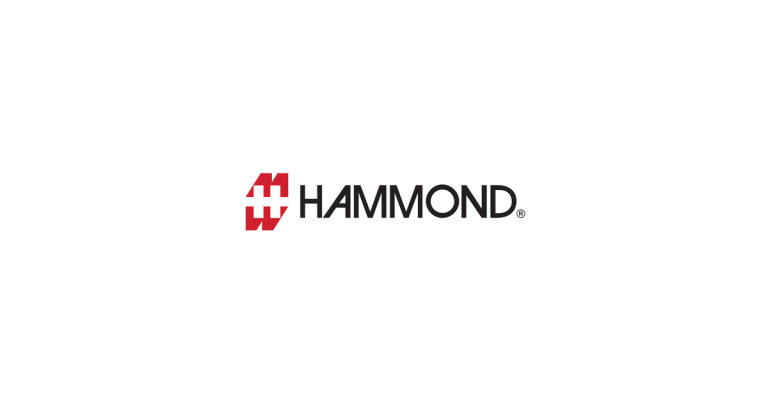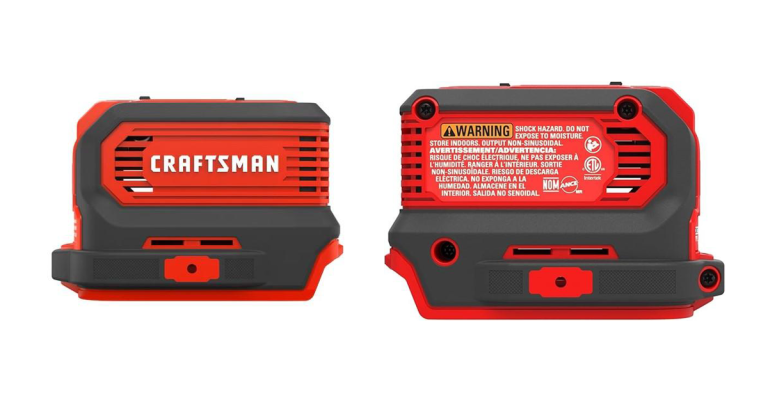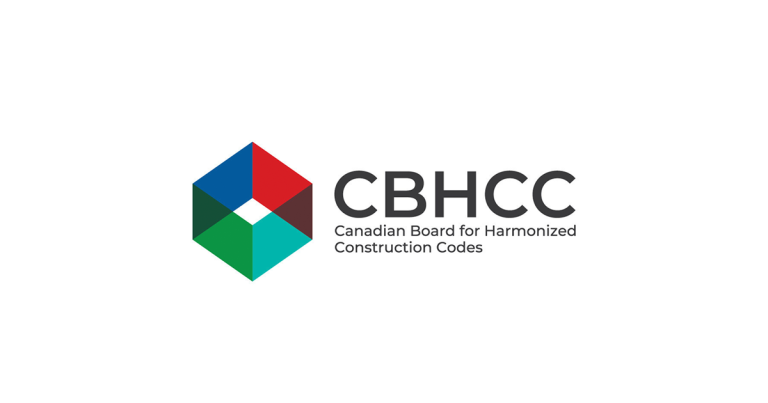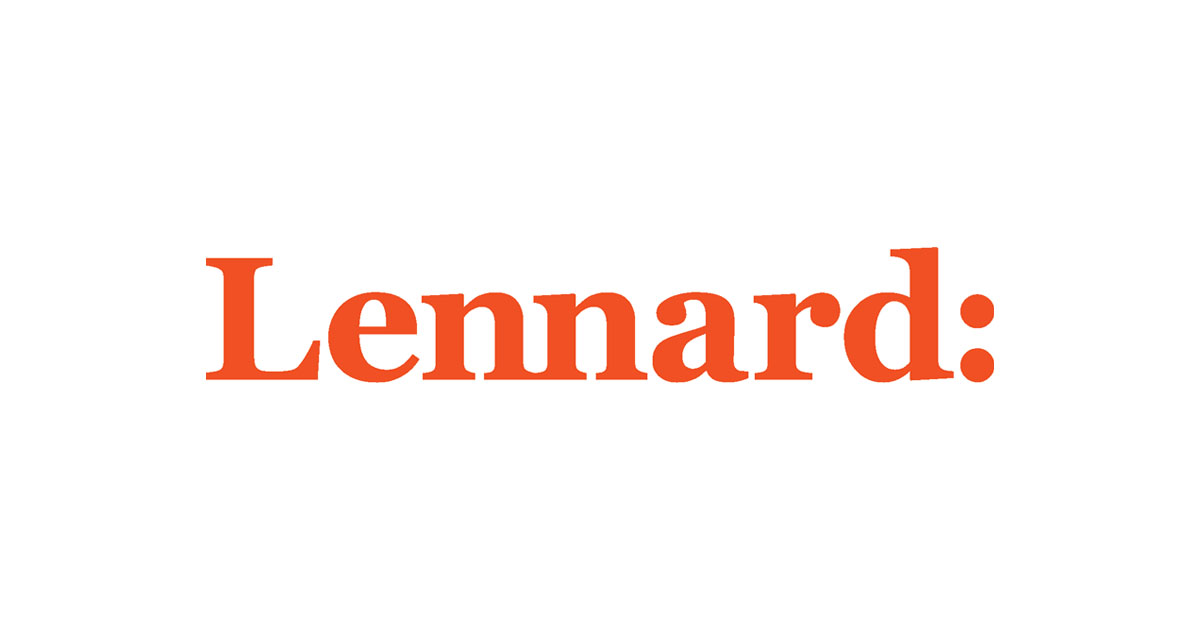How IIot-Enabling Architecture Improves Energy Efficiency by 50%

September 19, 2017
What is behind the Industrial Internet of Things (IIoT) that actually helps industrial organizations drive profitability? It’s a combination of hardware digitization, software and analytics. This capability is a major boon to industry as it brings efficiency and productivity gain potentials to new levels.
However, these linkages between data gathering hardware, communications software and analytics engines don’t happen automatically. A fundamental underlying framework or architecture needs to be in place so that all of these layers work together.
In the simplest terms, the architecture needs to be designed to deliver on the potential of IIoT ensuring:
- Empowered operators– the use of mobile devices, cloud connectivity and data analytics providing operators real time information for better decision making where needed or done fully automatic
- Optimized assets– such as smart sensors continuing the flow of information and allowing for data to be easily gathered from the field
- Smart control– enabling tight integration between operational and informational technology ensuring better decision making for the wider enterprise
- Cybersecurity – more connectivity demands for more care with a proper OT Cybersecurity solution in addition to the usually available IT security
Read the full article by Peter Herweck Here:








![Guide to the Canadian Electrical Code, Part 1 – 26th Edition[i] – A Road Map: Section 54](https://electricalindustry.ca/wp-content/uploads/2022/11/Guide-CE-Code-2.png)







